When sewing a complex and large item, such as a godet dress, it is not so much the choice of style and fabric from which the sewing is done that is important, but also the correct calculation of the amount of fabric.
Style and fabric consumption
An accurate calculation will allow you to purchase the required amount of fabric and not find yourself in a situation where you have spent money and have a large amount of scraps left over or there is not enough fabric.
Methods for calculating the required amount of fabric:
- Typical.
Attention! The quantity depends on the style of the product and the customer’s configuration.
To calculate the required quantity, the following measurements are taken:
- DI (product length);
- DR (sleeve length);
- An allowance is made for the hem.
The resulting number is the required amount of fabric.

- By width.
This method is easy to use, but does not take into account the expected width and parameters of the model.
In case of a non-standard body type, the calculation should be made individually. It is recommended to carefully calculate the amount of fabric, especially if the selected fabric is not cheap.
To do this you need to know:
- expected fabric width parameters;
- customer volumes and growth;
- style;
- decor;
- properties of the material, its texture (pile, print).
Attention! Almost the entire range of fabrics offered by modern stores has width parameters of 1500 mm.
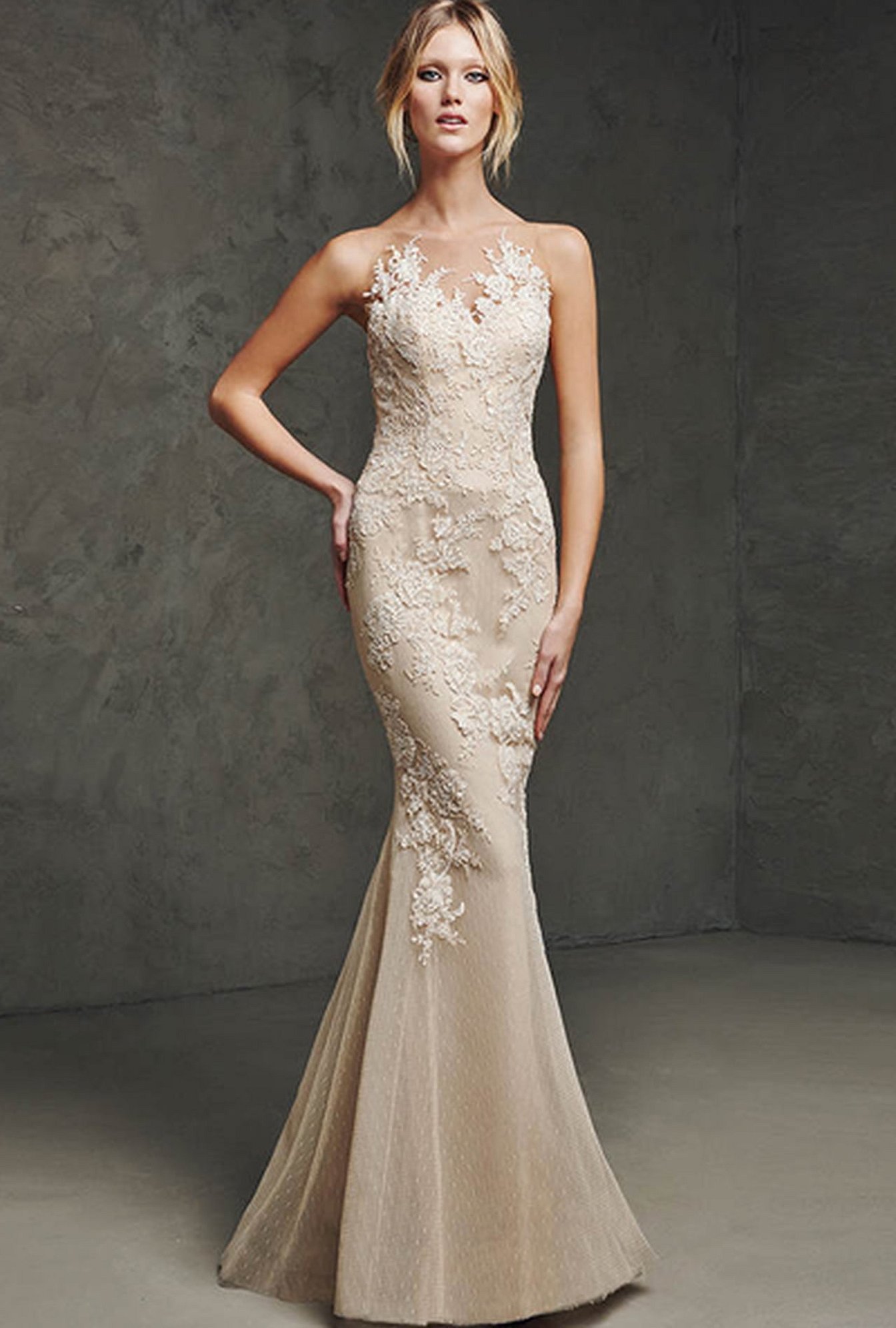
Buying fabric by width is convenient, since when folding the cloth in 2 folds lengthwise, the pattern is made by width, and several parts (front and back) are cut from the cut. But this postulate does not apply to the situation when the model has a dense build, voluminous hip area.
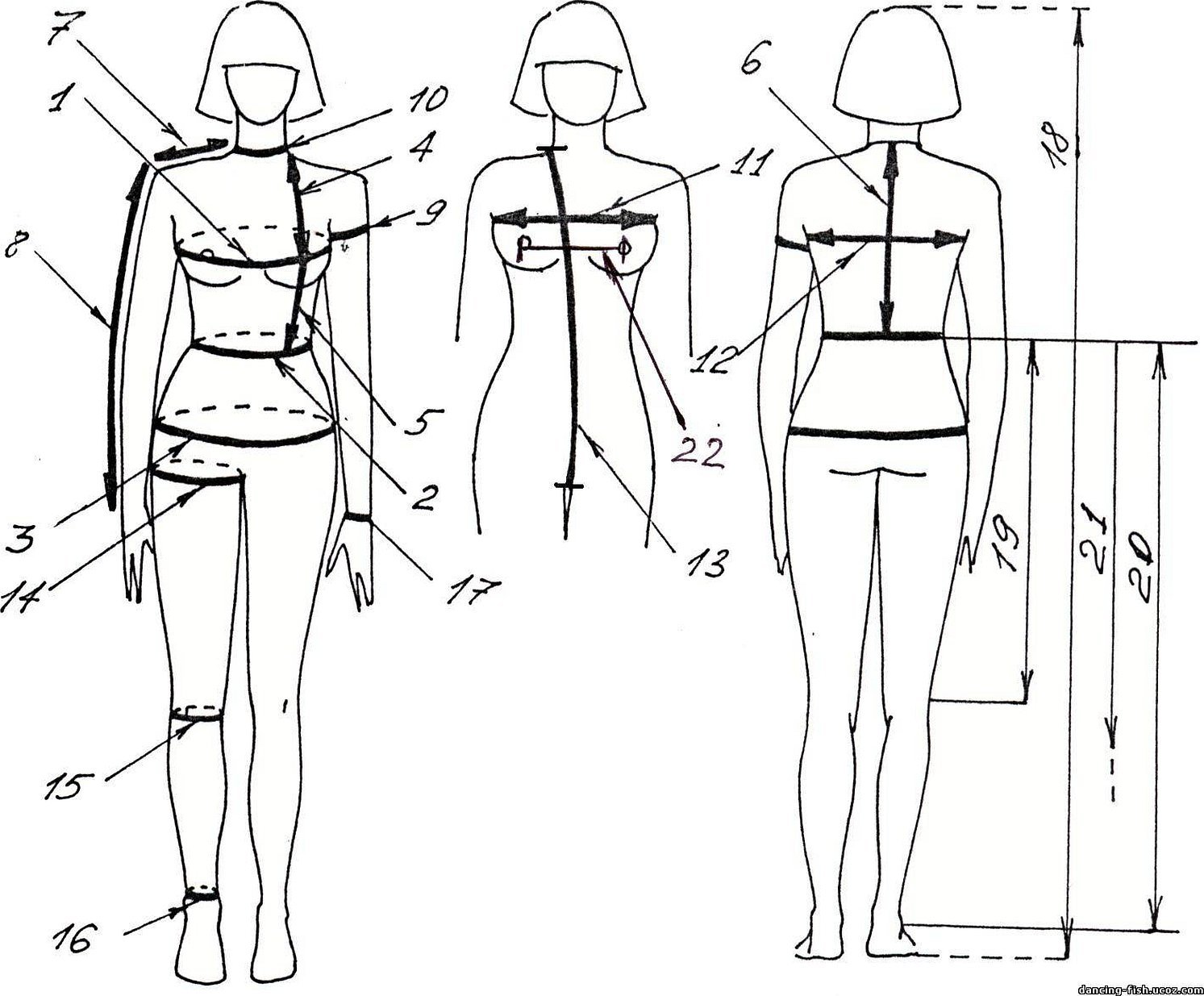
There are also materials with minimum width parameters of up to 120 cm - natural and expensive.
Attention! If the customer has given preference to such fabrics, then they need to be purchased with double stock.
- By standards.
To calculate the amount of fabric, you need to take measurements from the chest, waist and hips. For a woman of a dense build, the consumption is doubled, since if there are voluminous hips, the pattern will not fit into half the width of the fabric.
- By height.
Height is also important. The taller the woman, the more fabric will be needed to make the garment, regardless of whether it is a skirt or a dress.
According to this principle, all calculations for consumption are made according to the client's growth group:
- Up to 154 cm;
- Up to 160 cm;
- Up to 166 cm;
- Up to 172 cm;
- From 173 cm.
Attention! An allowance of 300 mm is made for the next group to sew a similar model.
- According to the style.
Immediately before sewing, the style of the product is thought out. The style affects the amount of fabric required for sewing. If a one-piece evening version with a straight hem to the floor is sewn, then it will be necessary to measure the CI. An allowance is made for the length of the sleeve and 50 mm along the edge for the shoulder seams and hem - this is how the required amount of material is obtained.
Attention! This is how you can calculate the amount of material if the width parameters are 145 cm, and the client’s volumes fit into half of this width.
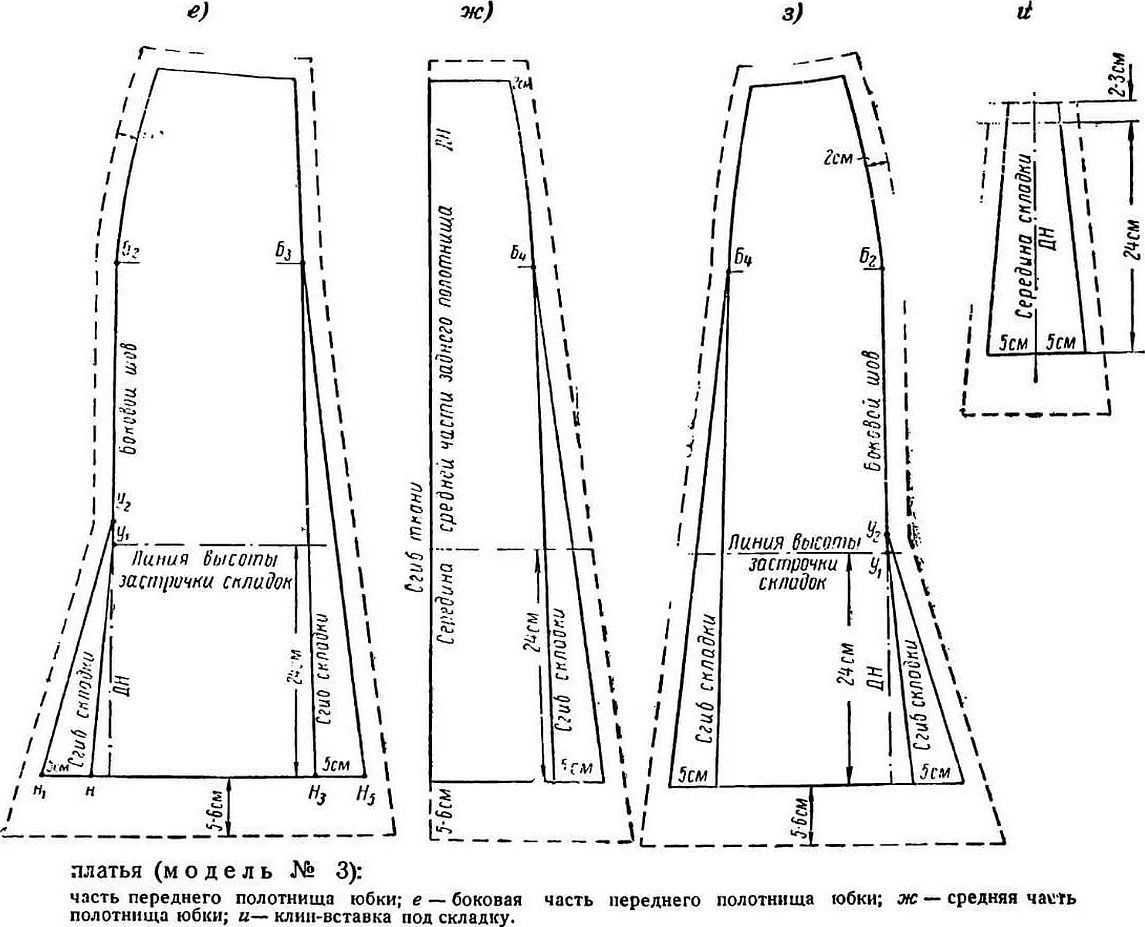
From the leftovers, a belt or collar is made, if the style requires them.
- Based on availability of parts.
If the godet skirt implies the presence of large or small details, then an increase of up to 300 mm of material is required for them. Pockets, a turn-down collar, a belt and a decorative flounce are made from these pieces. If the details are large in volume, the material reserve should be large.
The consumption of lining fabric is calculated. As a rule, this is DI for one-piece items or DYu (skirt length) for cut-off models. If the product is planned to have a pleated hem, then the consumption will be the same as for the base fabric.
- By the properties of the fabric.
If there is a material with a large pattern or a check, stripe, you will have to match the fabric at the seams. And this will lead to a higher consumption of the product. Usually in such cases, the footage of the fabric is increased by 40 cm. The same is done with the material that has a pile - all the details are laid out so that the pile is directed in a certain direction. And this means that more fabric will be needed to cut out additional details.
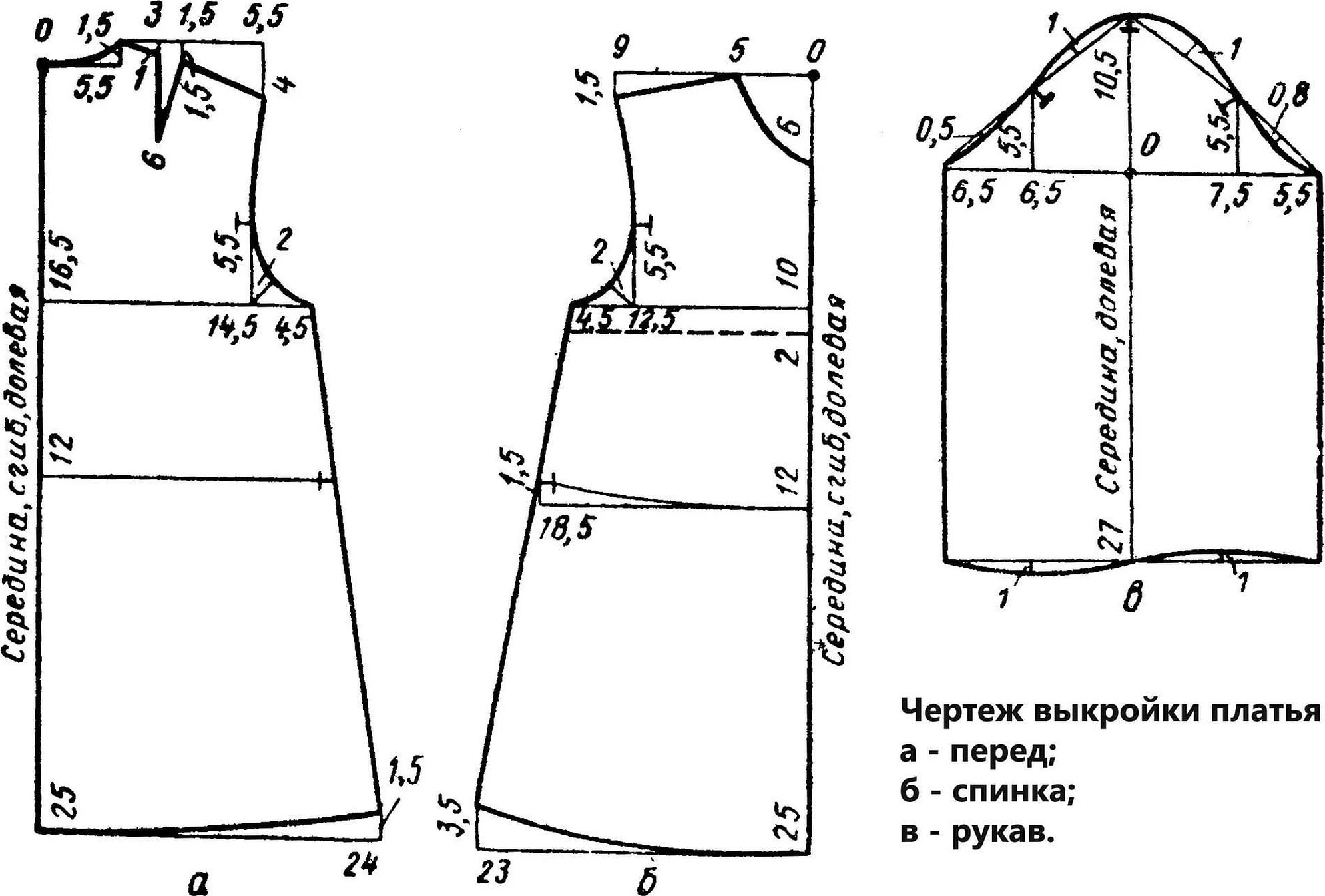
What to sew from
Of the wide variety of fabrics, the most popular are the following options:
- Denim;
- Knitwear;
- Chiffon;
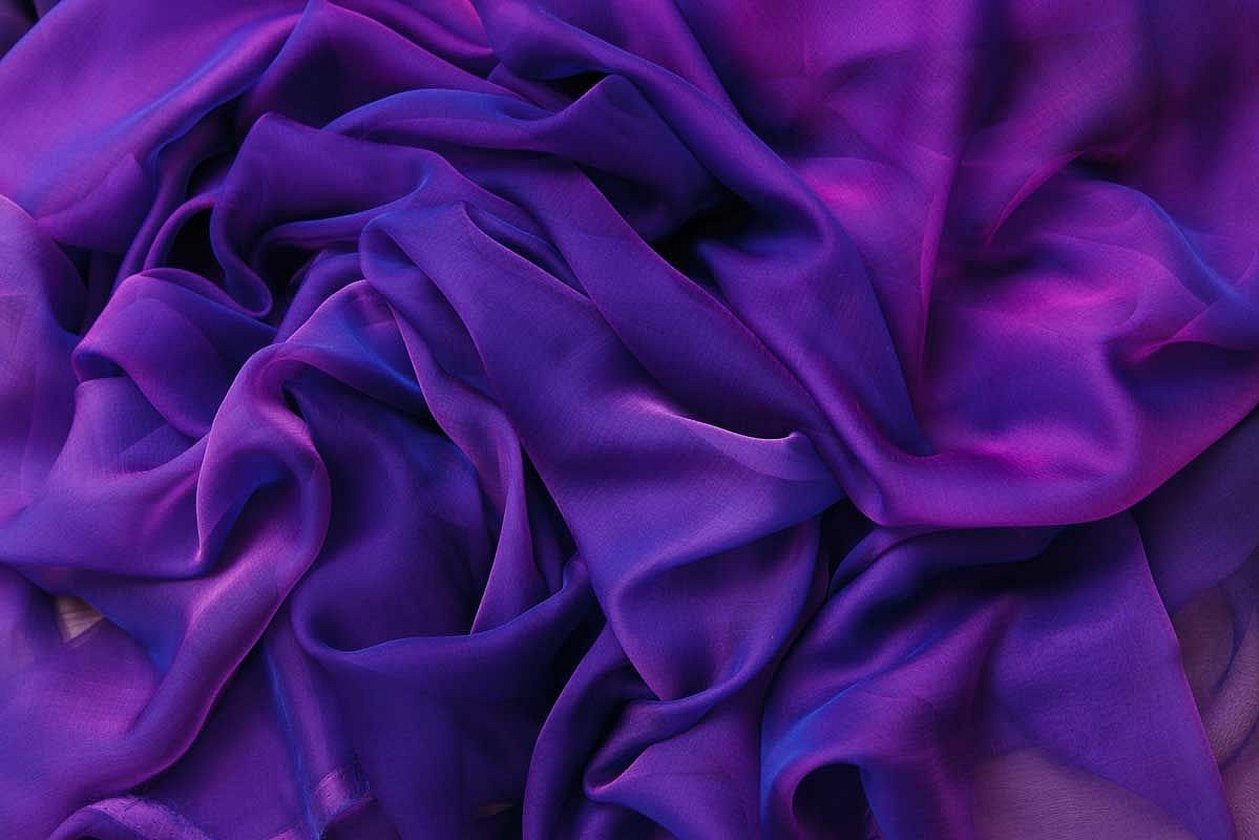
- Staple;
- Leather;
- Flax;
- Crepe;
- Viscose.
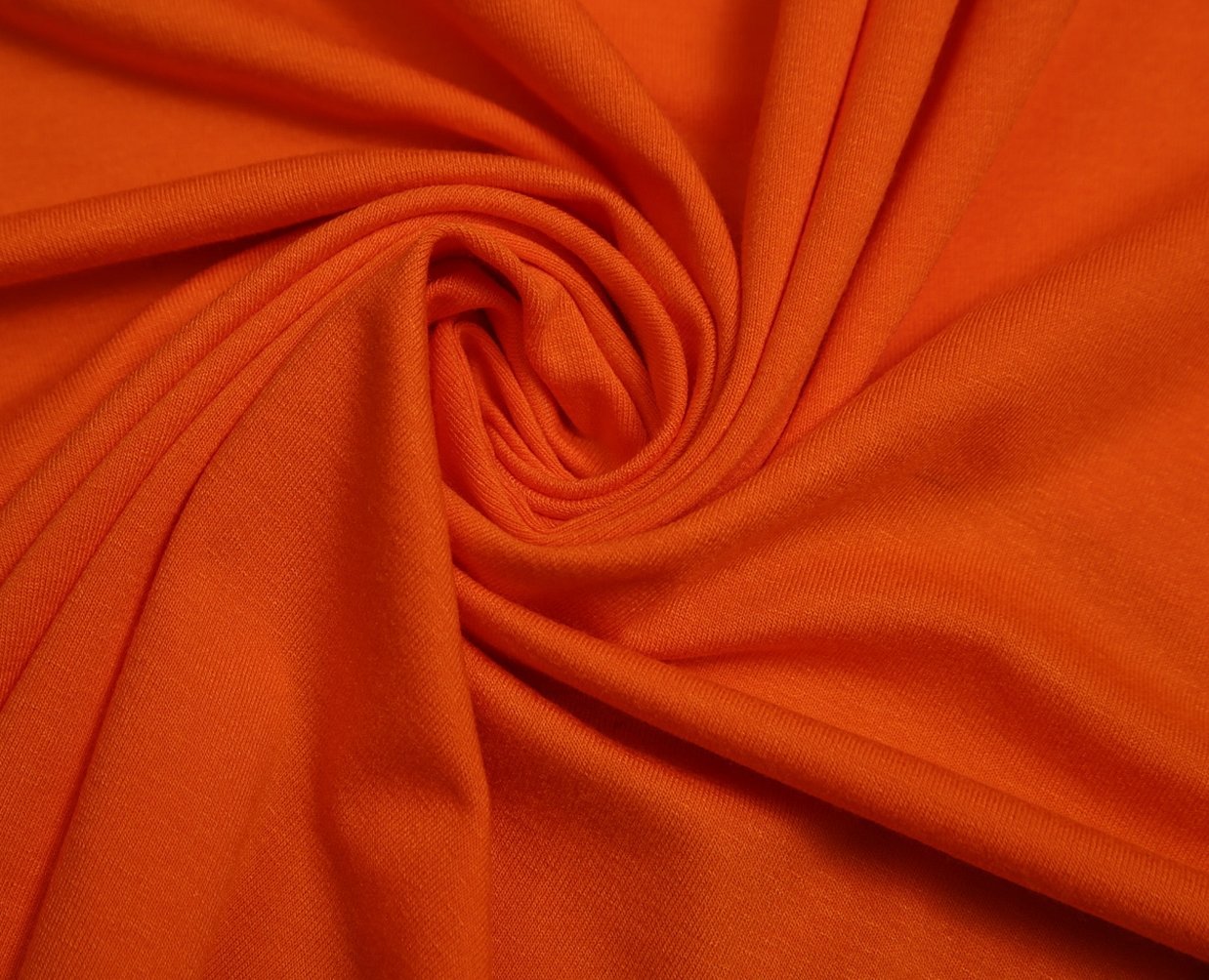
Attention! Combining materials when sewing skirts is possible when the skirt is sewn from fabric.
Patterns
If you need a godet skirt, you can find a pattern on the Internet, the main thing is to decide on the desired style and material.
Types of styles:
- a skirt with different sized cuts in the hip area, which looks presentable as an element of business clothes. Such a product is sewn from wool or gabardine;
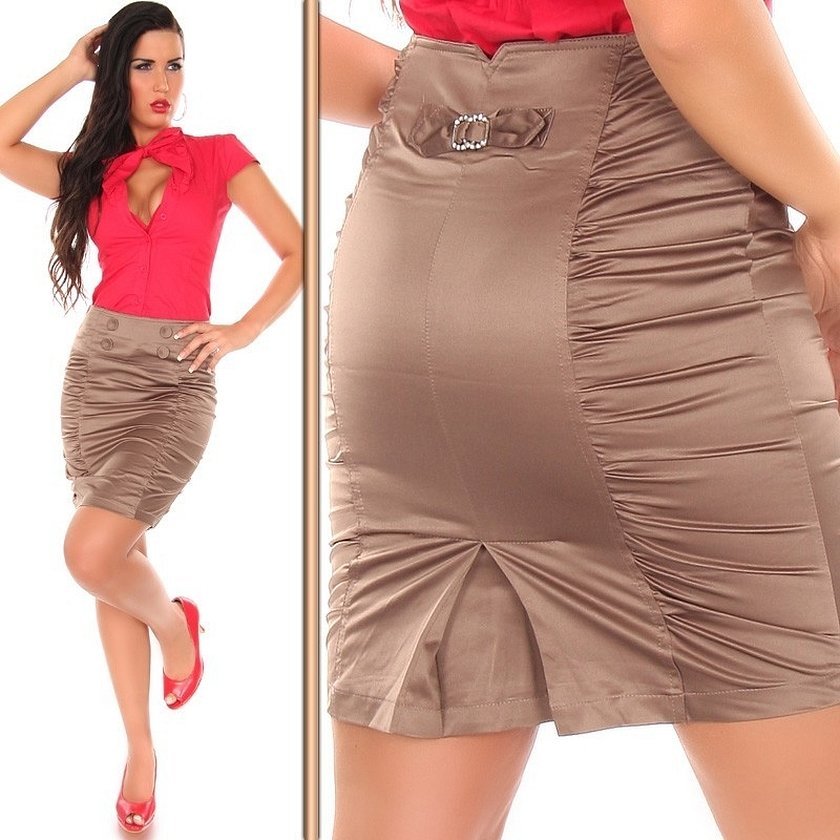
- with parallel undercuts. The accessory is universal. Suitable for a holiday, for everyday wear and as an element of business style;
- with undercuts at the bottom. Very popular now;
- with a slanted yoke;
- with rounded bottom edges. Suitable as a wedding or evening dress;
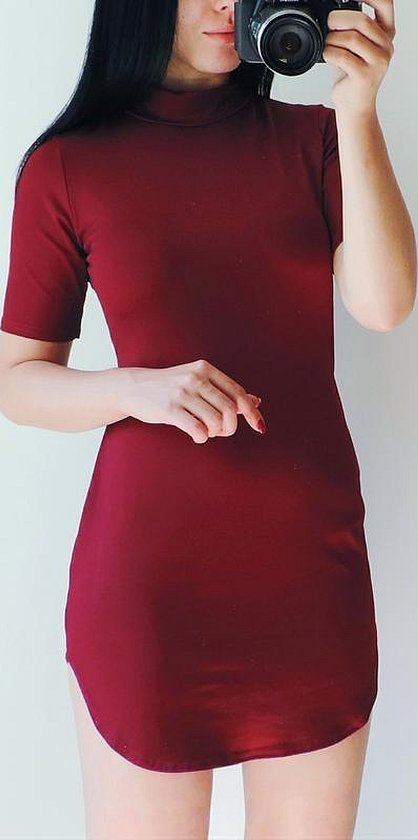
- Ordinary. Wedges are combined: opaque-transparent.
The best patterns are those made by hand. If you don't have time to build one, you can safely take a pattern from the Burda magazine. In this fashion publication, the patterns are built thoroughly, taking into account all the details.
The pattern of the godet dress is printed or transferred to paper, then all the details are transferred to the fabric, cut out, taking into account the allowances, and only then the product is sewn.

There are several ways to construct a pattern for a skirt with one-piece wedges or wedges located in the seams.
Method #1
- When constructing a pattern with wedges in the cuts, the pattern is not cut;
- In order to flare out at the bottom, allowances of up to 15 cm are made along the side cuts;
- In the variant with a one-piece flare, new wedges are designed. For the remaining models, the wedges are copied, each wedge is cut separately.
Method #2
- The bottom part is cut off and then cut into three rectangles of equal size.
- A new wedge shape is drawn.
- Pattern pieces are numbered.
- The direction of the shared thread is indicated and control points are set.
Additional information! To make an accessory, you will need an overlock (zig-zag). To make a skirt, you need to buy a zipper. Summer products do not have a lining.
Pattern for plump women
Before learning how to sew a godet skirt, it is important to learn how to make a pattern. First, you need to decide on the features of what figure the product will be cut for.
Conventionally, figures are divided into:
- "Hourglass";
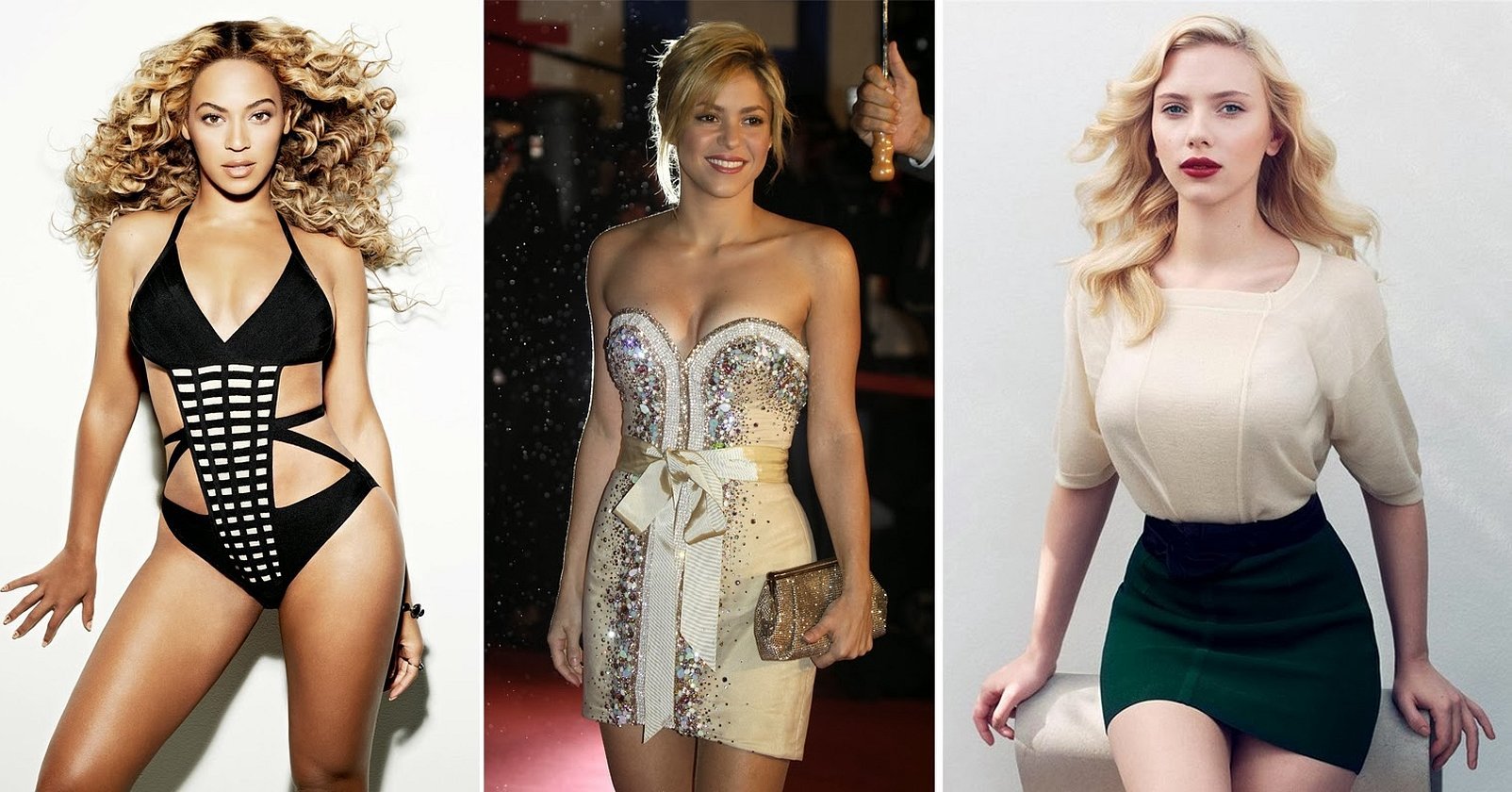
- "Pear"
- "Inverted triangle", figures of female athletes;
- "Rectangle";

- "Apple".
The basis of most products for women of a dense build is a straight cut pattern. Based on it, slightly modifying the basis, it is possible to construct other silhouettes.
The skirt drawing is based on the following parameters:
- St — half waist circumference;
- SB - half hip circumference;
- Dts - length of the back to the waist;
- Di is the length of the product.
The following additions are made:
- at the waist - 10 mm;
- on the hips - 20 mm.
Based on the measurements taken, the amount of material, the width parameters of the front and back parts, the length of the product and the dart solution are preliminarily calculated.
Attention! The quantitative ratio of darts, their length parameters depend on the required size, the model's build. For a figure with a tummy, darts along the waist line, located in front, are not calculated.
When modeling the base, the silhouette of the future product is taken into account.
Main details:
- Side front detail - 2;
- Middle front detail - 2;
- Middle back piece -2;
- Rear side piece - 2;
- Additionally, a belt is cut out - 1 piece.
Attention! The length of the belt corresponds to the length of the skirt cut at the waist + 30 mm for the fastener, the width is 70 mm (after sewing - 35 mm).
Allowances of 15 mm are made on all sides, and 15 mm at the bottom of the product.
Godet looks great on those with an hourglass figure. Not recommended for those with a pear body type.
DIY Sewing
Once all the necessary parts from the material have been prepared according to the pattern, you can begin sewing the product.
The godet silhouette is based on the following cutting methods:
- blade, characteristic in shape;
- with a cut-out bottom, made in the form of a flare or semi-flare.
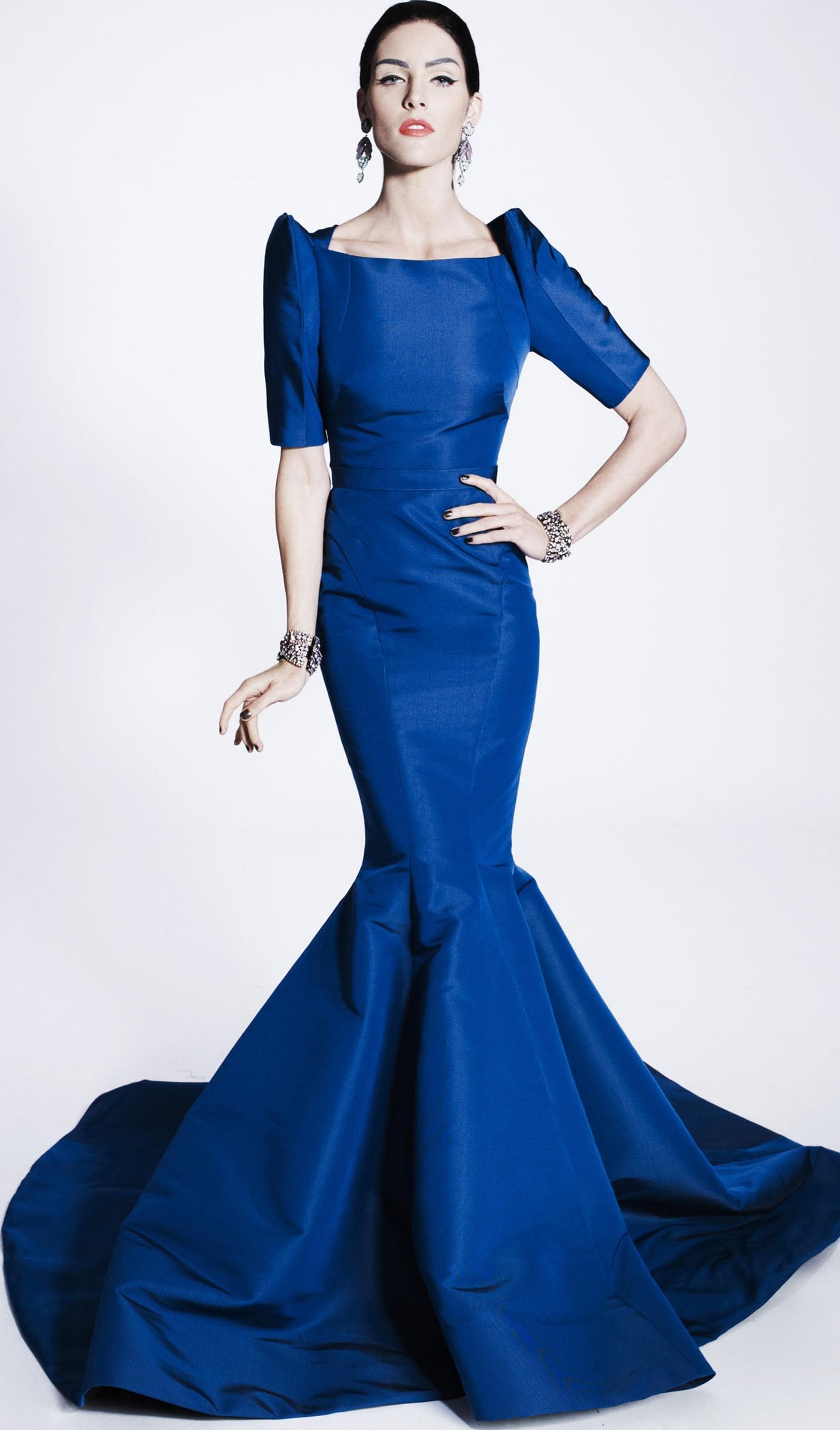
Instructions for sewing the product yourself:
- All wedges are swept and stitched along the longitudinal cuts, except for the back seam located in the middle;
- The seam allowances are overcast. A zipper is sewn into the back seam of the skirt;
- The bottom of the skirt is folded and stitched;
- The belt is sewn in. A loop is swept out on the allowance reserved for the fastener, and a button is sewn on.
It is not difficult to sew a godet dress or skirt, the main thing is to decide on a style that will suit your figure. The color of the fabric and the fabric itself also play an important role. Godet is a unique model that will complement a woman's wardrobe and will rightfully take its rightful place among universal items that can be worn both everyday and for holidays and social events.




